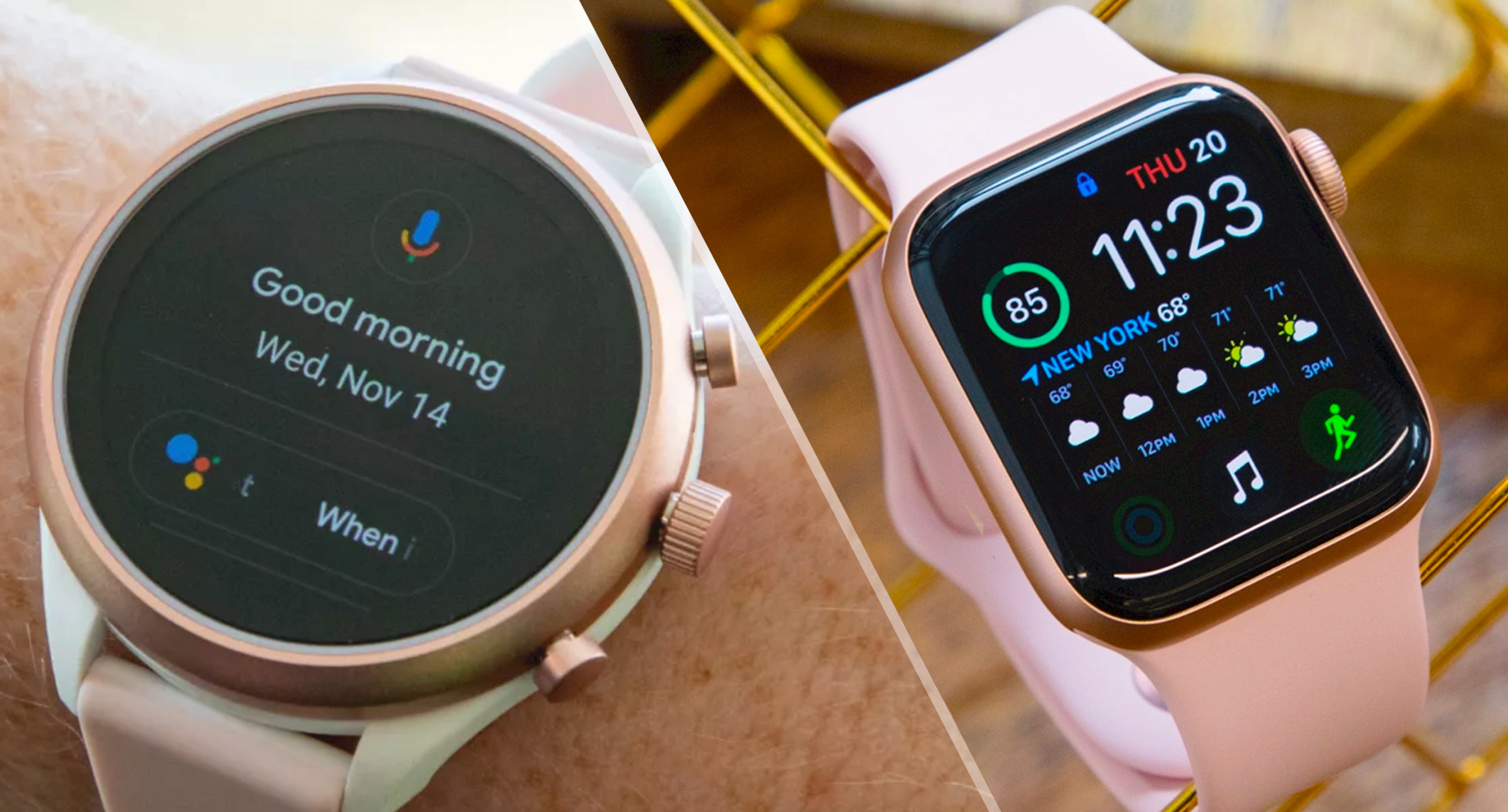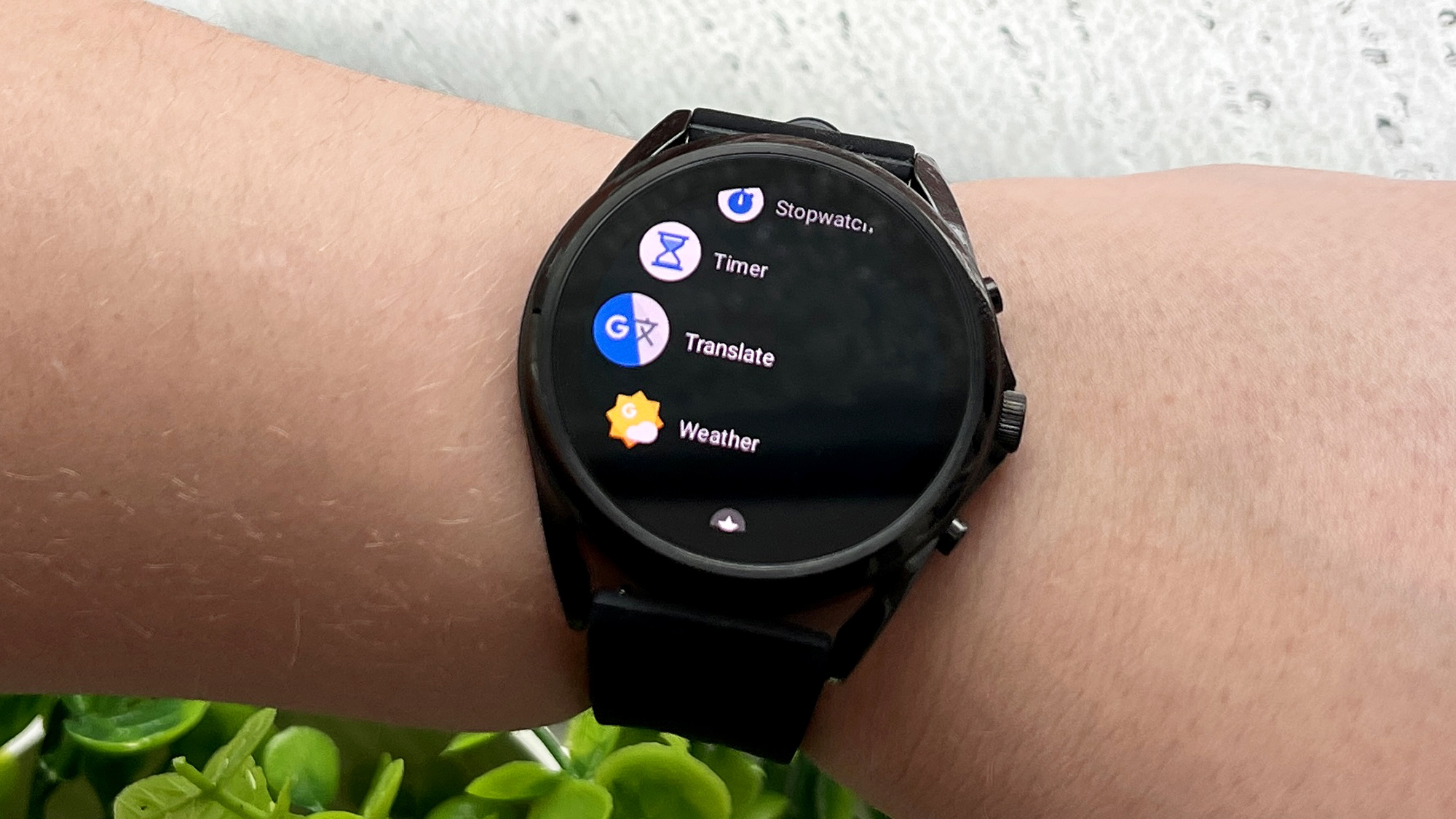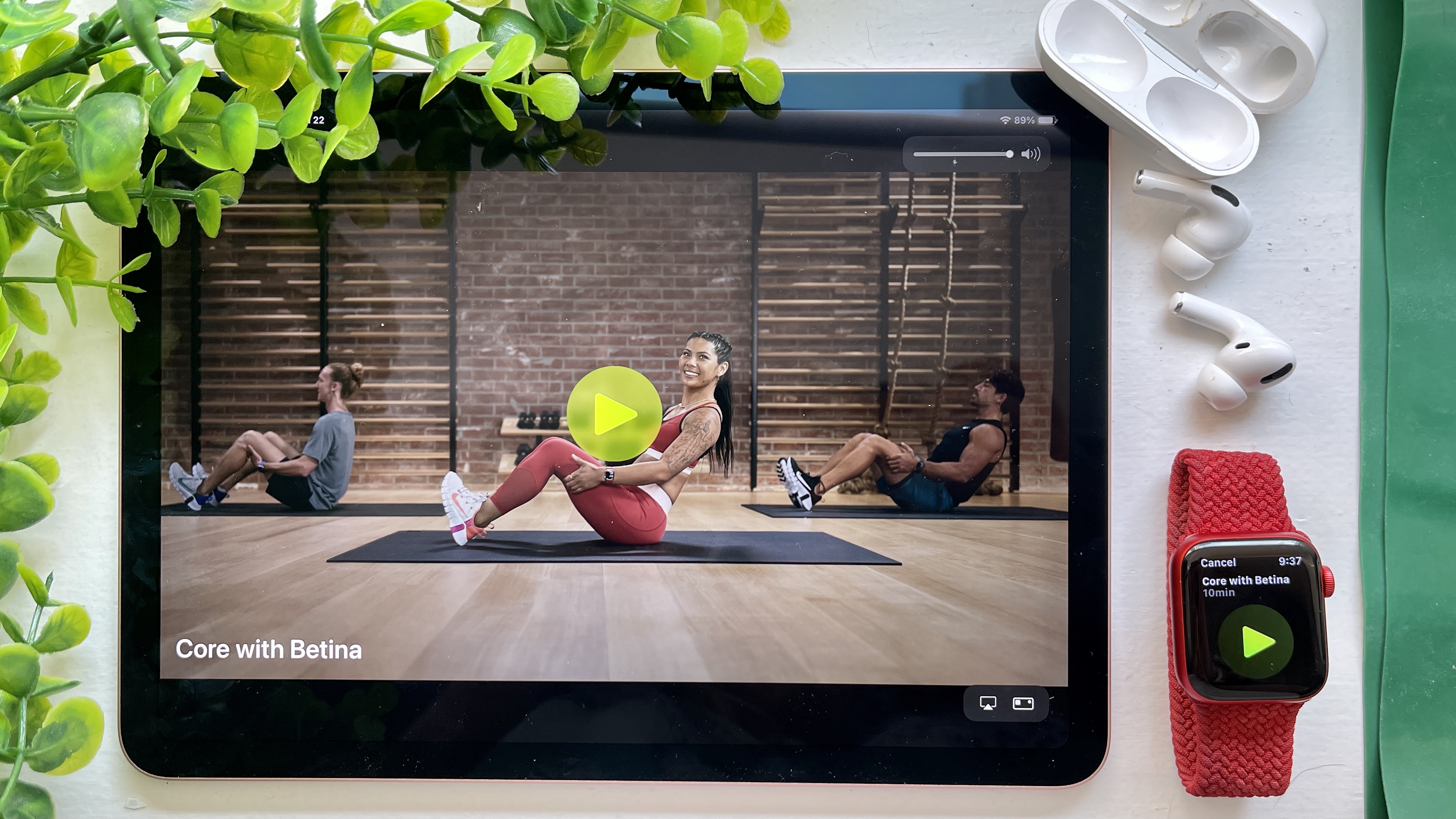Wear OS vs. watchOS: Which smartwatch software will win this year?

Update: Fitbit accounts are shutting down — what you need to know.
When Google announced it would merge its Wear OS smartwatch platform with Samsung’s Tizen one to establish a single operating system, it might’ve made Apple nervous. While the Apple Watch’s watchOS software isn’t the only great wearable interface, it’s arguably the best around.
But the new Wear OS (which will simply be called ‘Wear’ according to Google’s announcement post) seems ready to take on watchOS with the help of former foes. Not only is Wear inheriting future Galaxy Watch costumers, but it’ll borrow some Fitbit tools thanks to the $2.1 billion acquisition that closed earlier this year.
- Find the best Apple Watch for you
- Everything we know about the Samsung Galaxy Watch Active 4
- Plus: Forget the new Apple TV 4K — just buy the new remote
While we still don’t know when the first Wear OS smartwatch will become available, we do know it’s likely to be the Samsung Galaxy Watch 4. Meanwhile, a refreshed version of watchOS, watchOS 8, will be unveiled soon and eventually ship on Apple Watch 7.
So how will this Wear OS vs. watchOS face-off unravel once both updated softwares go live? Based on what we know so far, here’s how each’s compatibility options, fitness features, app collections and more compare.
Wear OS vs. watchOS: Compatibility
According to a report from 9to5Google, it’s unknown whether existing Wear OS watches will be eligible for the new version of Wear. But apparently existing Galaxy Watch users won’t get Wear, meaning those with the Samsung Galaxy Watch 3 or earlier will still run Tizen. Samsung says it has “at least three years” of Tizen OS support planned.
Instead, we know that Wear will power future smartwatches, and not just the next Galaxy Watch. Google confirmed that future Fitbit smartwatches will feature Wear OS, and it’s safe to assume that upcoming TicWatch, Fossil and other third-party wearable models will see the benefits of the new system.
Get instant access to breaking news, the hottest reviews, great deals and helpful tips.

What’s less certain is if Wear will continue offering iOS support. While the Tizen/Samsung Wear app felt basically useless on iPhone, the Google Wear OS app wasn’t terrible, especially if you used Google’s other services like Maps or Calendar. But of course you’ll get the most functionality if you pair a Wear OS smartwatch with one of the best Android phones.
As for watchOS 8 compatibility, we know it’ll only run on the Apple Watch. We don't know yet whether Apple will offer update support to the Apple Watch 3, despite the company still selling the 3-year-old Apple Watch. It could limit watchOS 8 compatibility to the Apple Watch 4 and newer.
Wear OS vs. watchOS: Interface

Wear OS and watchOS have distinctive appearances. While Google’s software uses circular app tiles for navigation, the Apple Watch’s rectangular dock cards let you access your favorite apps quickly. watchOS lets you see all the apps on your watch with a colorful icon map, too.
When it comes to watch faces, Wear OS didn’t have much to offer and released few new options over the years. Meanwhile, every watchOS update comes with a healthy supply of fresh faces while offering more customization tools each time. In addition to complications with third-party app support, you can usually curate the color and font of your favorite face.

Likely looking to catch up, Google and Samsung are promising a mix of elevated watch face styles. According to Wired, Samsung will even bring its watch face design tool to Wear, although it might be an exclusive feature for Galaxy Watch owners.
Wear OS vs. watchOS: Health and fitness features
Health features, which cater to both physical and mental wellness, can make or break a smartwatch. Advanced health metrics and tracking features are what made Fitbit a force to be reckoned with, after all.
And with a completed Fitbit acquisition as of this year, Google is ready to reap the rewards of its multi-billion dollar deal. Select Fitbit features will be integrated with Wear, making health and fitness metrics will be viewable on compatible smartwatches. Users will be able to see their daily health progress and earn rewards, too.
It seems certain Fitbit and Google Wear will eventually be one in the same. Google even teased that premium Fitbit smartwatches will be built on Wear OS in the future, promising ambient integration with the greater Google ecosystem. It’s unclear what will happen to Samsung Health as a result, but it was never our favorite fitness platform anyway.

The Apple Watch is as capable a health tool as ever. While watchOS 7 added Dance (and other fitness initiatives like Time to Walk for Apple Watch and the Apple Fitness Plus subscription exercise class service followed,) watchOS 8 will offer more upgrades. We expect improvements and additions to the workout app, including more tools for getting in shape or different ways to record exercise.
Wear OS vs. watchOS: Apps and services
watchOS software have over other smartwatches is the quantity of compatible apps. Most popular iOS app developers offer a watchOS version with information or features relevant to what users want to have on their wrist.
The app selection available on Wear OS, Tizen and Fitbit paled in comparison. Google seems keen on catching up, pushing more app developers to get on board. Going forward, any developer can create Wear OS Tiles. This means users could soon see smartwatch versions of all their favorite third-party apps, not just Google's native ones.
That said, Google’s app suite is a great sell for Wear. The software now features turn-by-turn directions for Google Maps, with or without a phone connection, as well as expanded support for Google Pay in 26 new countries. YouTube Music will also arrive on Wear, while Google Assistant should serve as a slick on-wrist butler. Say so long to Bixby, if we had to guess.
watchOS 8 will perhaps bring some improvements to Apple’s Siri, which isn’t always the most intelligent assistant but familiar to iPhone users. There’s even a rumor Siri will get support when your Apple Watch isn’t connected to Bluetooth or Wi-Fi.
Wear OS vs. watchOS: Outlook
I hope Wear doesn’t mess this up. As someone who dreaded testing Wear OS watches in the past, I’m optimistic Google’s boost from Samsung and Google will pay off. The question is whether the company evaporated enough of the foundational software’s flaws to improve a famously buggy user experience.
Right now, watchOS 8 has less allure. Despite introducing new features, it’ll probably look and operate very similar to current Apple Watch software. Sleep tracking was last year’s headlining addition, and it was a tool most smartwatches already offered.
Is Apple’s ‘slow and steady’ approach still the way to win? We’ll see when both watchOS 8 and the first Google Wear smartwatch are revealed later this year.
- More: How to use the Apple Watch
- Montblanc Summit 2+ hands-on: A luxe WearOS smartwatch with LTE

Kate Kozuch is the managing editor of social and video at Tom’s Guide. She writes about smartwatches, TVs, audio devices, and some cooking appliances, too. Kate appears on Fox News to talk tech trends and runs the Tom's Guide TikTok account, which you should be following if you don't already. When she’s not filming tech videos, you can find her taking up a new sport, mastering the NYT Crossword or channeling her inner celebrity chef.
